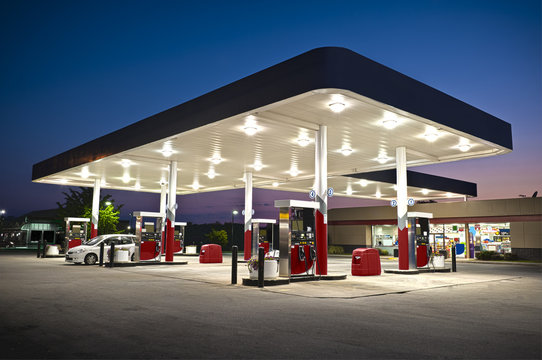
Grocery has always been a high-volume, low-margin business. But over the last two years, facilities management costs have become one of the biggest drags on profitability. Direct store operating expenses rose 12.7% between 2022 and 2024, with repairs and maintenance spiking 17.3% in the same timeframe. For a director overseeing hundreds of stores, that’s millions in unbudgeted spend.
At the same time, customer expectations have never been higher. Shoppers now view grocery stores as more than transactional spaces—they are community hubs, brand showcases, and foodservice destinations. That means HVAC downtime, refrigeration failures, or lighting inconsistencies don’t just raise costs; they directly erode customer loyalty.
Pain Points Every Facilities Leader Recognizes
- Callback repairs: Nearly 19% of break-fix work orders occur within 30 days of a prior repair, highlighting workmanship issues and oversight gaps. One grocery site saw $22,687 in costs from repeat repairs in a single year.
- Vendor sprawl: Multi-market grocers often juggle dozens of vendors, each with different contracts, SLAs, and compliance standards. Managing them requires near-constant negotiation and oversight.
- Data blind spots: Many teams rely on outdated CMMS systems. Without accurate visibility into time-on-site, invoice validation, or asset lifecycle data, facilities managers are stuck in a reactive mode—questioning every invoice but lacking the evidence to challenge it.
- Budget volatility: While food margins remain razor-thin, facilities costs continue to creep higher, threatening store reinvestment plans.
The Shift: From Cost Center to Strategic Lever
Progressive grocers are flipping the narrative. Instead of accepting facilities as a cost burden, they’re repositioning FM as a strategic lever to protect margins and drive store performance. Three strategies stand out:
- Provider Consolidation and Accountability.
Leading grocers are reducing vendor sprawl by consolidating their provider networks. But consolidation without accountability fails. Smart programs continuously evaluate providers against SLAs like time-to-site, first-time fix rates, and IVR compliance. The best-performing vendors get more work, creating a cycle of improvement and accountability. - Advanced FM Platforms.
Tools like VixxoLink integrate seamlessly with existing CMMS systems, layering in capabilities like:- Patented invoice validation (Vixxo Verify): Automatically comparing labor, parts, and travel charges against decades of historical data to catch overcharges before they hit the ledger.
- Asset-level visibility: Tracking repair history, lifecycle stage, and warranty coverage for every cooler, oven, or HVAC unit.
- Real-time reporting: Allowing directors to spot trends, compare sites, and proactively reallocate spend.
- Total Cost of Ownership (TCO) Lens.
Labor rates represent only 30–40% of total invoice cost, while factors like repeat repairs, days-to-complete, and equipment life cycle drive the rest. Facilities leaders are reframing discussions with executives around TCO rather than hourly rates, showing how smarter maintenance extends asset life and reduces emergency truck rolls.
The Payoff: From Reactive to Proactive
Facilities leaders who adopt these strategies are seeing measurable impact:
- Callback repairs reduced by double digits within 12 months.
- Cost savings of 5–10% per invoice driven by auditing and validation.
- Energy efficiency gains from preventive maintenance programs, where HVAC servicing alone can cut costs 12–18% annually.
Looking Ahead
The grocery store of the future isn’t just about fresh produce or expanded prepared foods—it’s about a consistent, reliable brand experience across hundreds of sites. And that consistency rests on facilities.
For directors of facilities, the path forward is clear: embrace technology, demand accountability from providers, and move beyond labor rates to true total cost of ownership. Those who do will not only control costs but will become strategic voices at the table, enabling their organizations to grow, scale, and thrive in an inflation-heavy environment.
Get in touch and fill out the contact form below!




